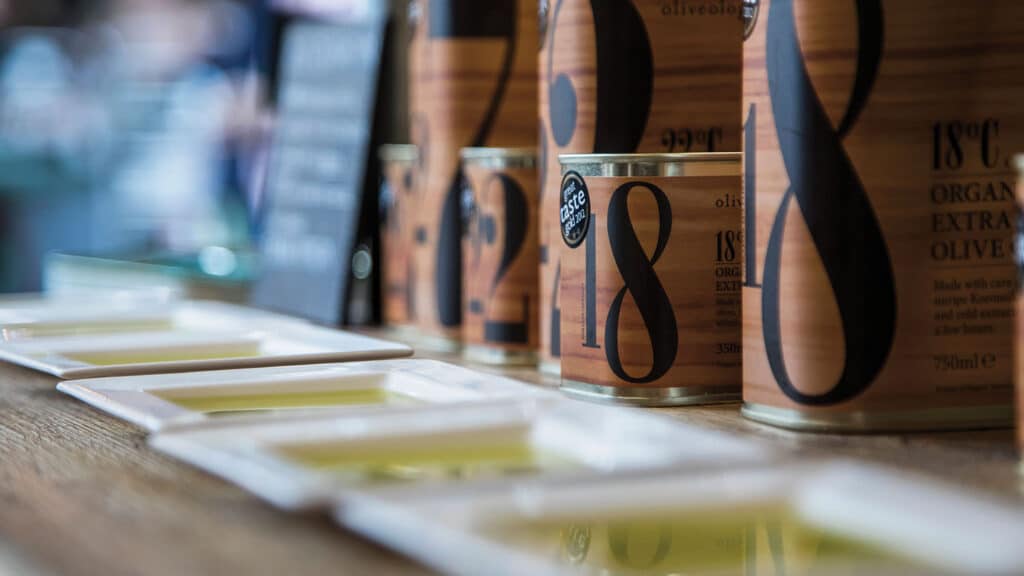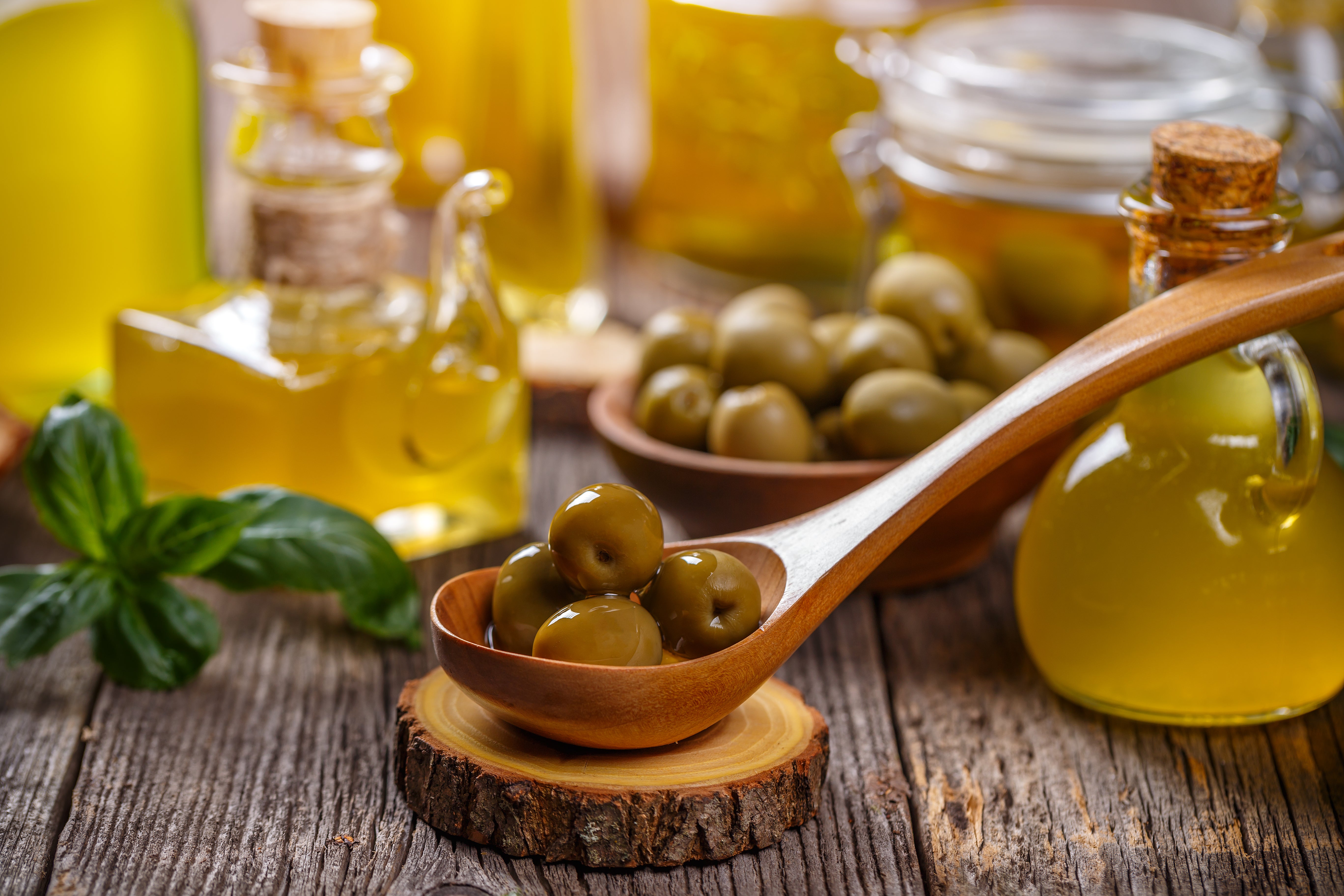Tasting the Terroir: Understanding the Regional Varieties of Extra Virgin Olive Oil

Step into the enchanting world of extra virgin olive oil, where the land meets the tree and the unique flavors of each region shine through in every golden drop. From the sun-drenched groves of Italy to the rugged coast of Spain, the terroir plays a defining role in the creation of this liquid gold.
Join us on a journey to uncover the distinct regional varieties of extra virgin olive oil, exploring the diverse landscapes, climates, and traditions that give each oil its signature taste. Get ready to tantalize your taste buds and deepen your appreciation for this ancient elixir of the Mediterranean.
What is Terroir?
Terroir is a concept deeply rooted in the world of agriculture and winemaking, but it has increasingly become essential in the world of olive oil production as well. Terroir embodies the unique combination of environmental factors that contribute to the flavor and characteristics of a specific region’s olive oil.
Factors such as soil composition, climate, altitude, and even the proximity to bodies of water all play a role in shaping the taste profile of extra virgin olive oils. Each region’s terroir imparts distinct flavors and aromas to the olive oil produced there, making it a fascinating subject of study for olive oil enthusiasts and connoisseurs alike.
Understanding terroir is essential for appreciating the subtleties and nuances of different extra virgin olive oils, allowing consumers to truly savor the regional varieties available to them.
The Regional Varieties of Extra Virgin Olive Oil

Source: epicurious.com
Exploring the regional varieties of extra virgin olive oil offers a fascinating journey through the diverse terroirs that shape each unique flavor profile. From the robust and peppery notes of Tuscan oils to the buttery, fruity flavors of Spanish oils, each region imparts its distinctive characteristics to the final product. Greek oils, with their grassy undertones and slightly bitter finish, stand in stark contrast to the delicate and floral oils of Provence.
No matter where in the world it is produced, extra virgin olive oil is a reflection of the land, climate, and traditions of the region, making each variety a true culinary treasure waiting to be discovered.
Factors that Influence Olive Oil Taste and Quality
The taste and quality of olive oil are influenced by a variety of factors, ranging from the region in which the olives are grown to the harvesting and extraction methods used. The terroir, or environmental factors such as soil composition, climate, and altitude, play a significant role in shaping the flavor profile of olive oil.
Additionally, the olive varietals used in production can greatly impact the taste and aroma of the final product. Factors such as the ripeness of the olives at harvest, the time between harvesting and pressing, and the storage conditions all contribute to the overall quality of the olive oil.
Understanding how these factors come together to create unique regional varieties of extra virgin olive oil can enhance your appreciation for this culinary treasure.
Pairing Extra Virgin Olive Oil with Food
:max_bytes(150000):strip_icc()/evoo-7c819bcdd0c343a7bae114cbc9baea2f.jpg)
Source: health.com
Pairing Olive Oil with food is an art form that can elevate any dish to new heights. The key is to match the flavor profile of the oil with the flavors of the dish.
For example, a robust and peppery olive oil from Tuscany would pair perfectly with a hearty pasta dish, while a delicate and fruity oil from Provence would complement a light salad or grilled vegetables. When choosing which oil to use, consider the region it comes from and the unique characteristics of the terroir.
Experimenting with different oils and flavors can lead to exciting culinary discoveries that will enhance your dining experience. Be adventurous and have fun exploring the diverse world of extra virgin olive oil!
The Importance of Protecting and Preserving Terroir
Protecting and preserving terroir is essential when it comes to understanding the regional varieties of extra virgin olive oil. Each region’s unique climate, soil composition, and topography contribute to the distinct flavors and aromas found in olive oils produced there.
By maintaining the integrity of the terroir, producers can ensure that the quality and authenticity of their olive oil remain true to its origins. When terroir is protected, consumers can trust that they are experiencing the true essence of a specific region’s olive oil, allowing them to appreciate the subtle nuances and characteristics that set it apart from others.
Ultimately, preserving terroir not only safeguards the heritage and tradition of olive oil production but also promotes sustainability and biodiversity in the environment.
Conclusion

Source: texanabrands.com
In conclusion, exploring the regional varieties of extra virgin olive oil offers a deeper appreciation of the impact of terroir on taste and quality. Each region’s unique climate, soil, and production techniques contribute to the distinct flavor profiles found in extra virgin olive oils.
By understanding the nuances of terroir, consumers can make more informed decisions when choosing to buy extra virgin olive oil. Whether you prefer the robust and peppery notes of oils from Tuscany, the fruity and floral aromas of oils from Spain, or the grassy and herbaceous qualities of oils from California, there is a regional variety to suit every palate.
Embracing the diversity of extra virgin olive oils allows us to savor the richness of flavors that only terroir can provide.





